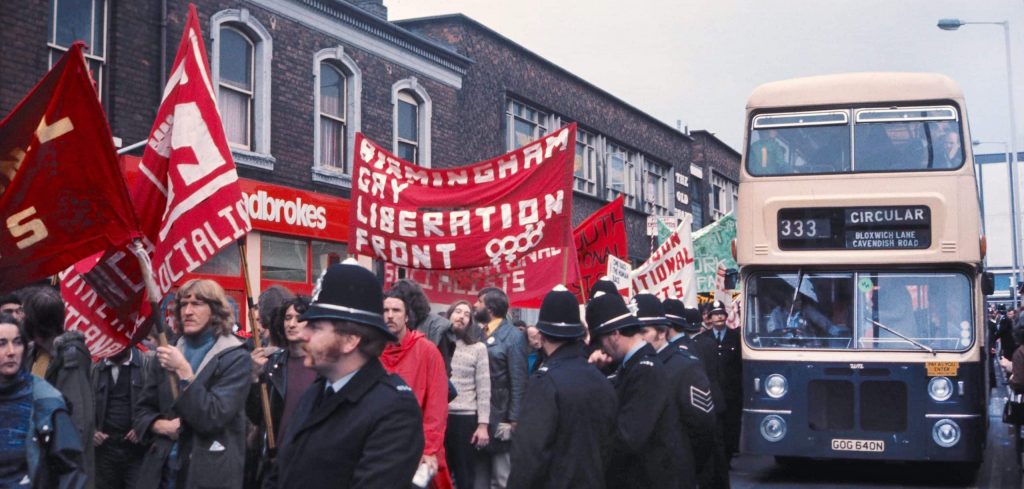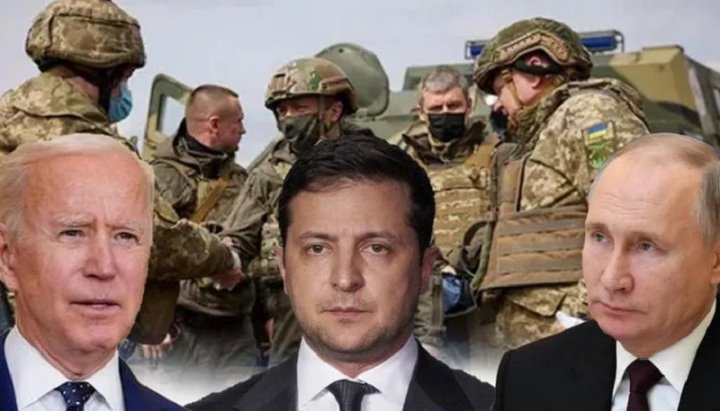Putin has Helped West Overcome Its Mistaken Assumption that Economic Integration Promotes Democratization , Tikhonov Says
Staunton, Mar. 3 – When communism in Europe collapsed, the cold war ended, and the USSR disintegrated, the West made the mistaken assumption that economic integration would destroy authoritarianism, Aleksey Tikhonov says. In fact, authoritarian leaders like Putin were able to use that integration to strengthen themselves and their dictatorships.
Putin and others like him might have been able to continue to do so had the current Kremlin leader not so overreached, forcing not only the United States but European countries to recognize that economic integration does not necessarily promote democratization, the Russian commentator says (kasparov.ru/material.php?id=640344461B35B).
After 1991, Tikhonov continues, “economic integration did not eliminate authoritarianism.” Instead, it had the opposite effect because authoritarians like Putin used it to their advantage. They “built up their economic power through Western markets, investment, and technology but rejected Western democratic values and institutions.”
As a result of its new and very deep economic ties with the West, “the authoritarian regimes of the 21st century gained access to all the benefits of Western civilization without having to accept Western values, something that the socialist camp earlier had never been able to do.”
Indeed, he says, “the chief reason for the collapse of the socialist bloc was the colossal gap between the standards of living in capitalist countries and the socialist ones and the lack in the latter of services and goods available to anyone in the West.” As a result, “no one believed tales about the superiority of the socialist model.”
But today, “in authoritarian countries” like Putin’s Russia, “the same benefits are available as in the West. And it is “no accident” that “Russian propaganda so actively points out that despite Western sanctions, all modern goods and services remain available in Russia to this day.”
Moreover, Tikhonov says, “authoritarian countries began to destroy Western countries from within, gradually penetrating them via corrupt tentacles. Both Russia an dchina have actively infiltrated the economy and political system of the West by purchasing businesses, promoting infrastructure projects and corrupting local politicians.”
That might have gone on for some time given the willingness of some American leaders like Trump to try to get Russia to ally with the US against China without doing anything about its own situation and the willingness of Europeans to go along with Russia despite all that it had been doing.
But “by invading Ukraine, Putin has shown Europe that the US was right” in its assessments of Russia; and thus “as a result, Putin had done what the US wasn’t: shown Europe that projects of economic integration as a means of struggle with authoritarianism have suffered defeat.”
Given that and the new commitment of the West to combat Russian authoritarianism and aggressiveness, there is no reason to think the West’s words about supporting Ukraine are for nothing. Indeed, “the longer Putin fights there, the more likely Russia’s disintegration after its defeat becomes’as it is Putin who is “destroying the remnants of Russian influence in Europe.”
At the same time, Tikhonov points out, “Putin’s actions aren’t helping China either,” although it is not yet clear that Beijing fully appreciates the damage Putin has done to China’s exploitation of economic integration with the West, the maintenance of which is now far more problematic.












